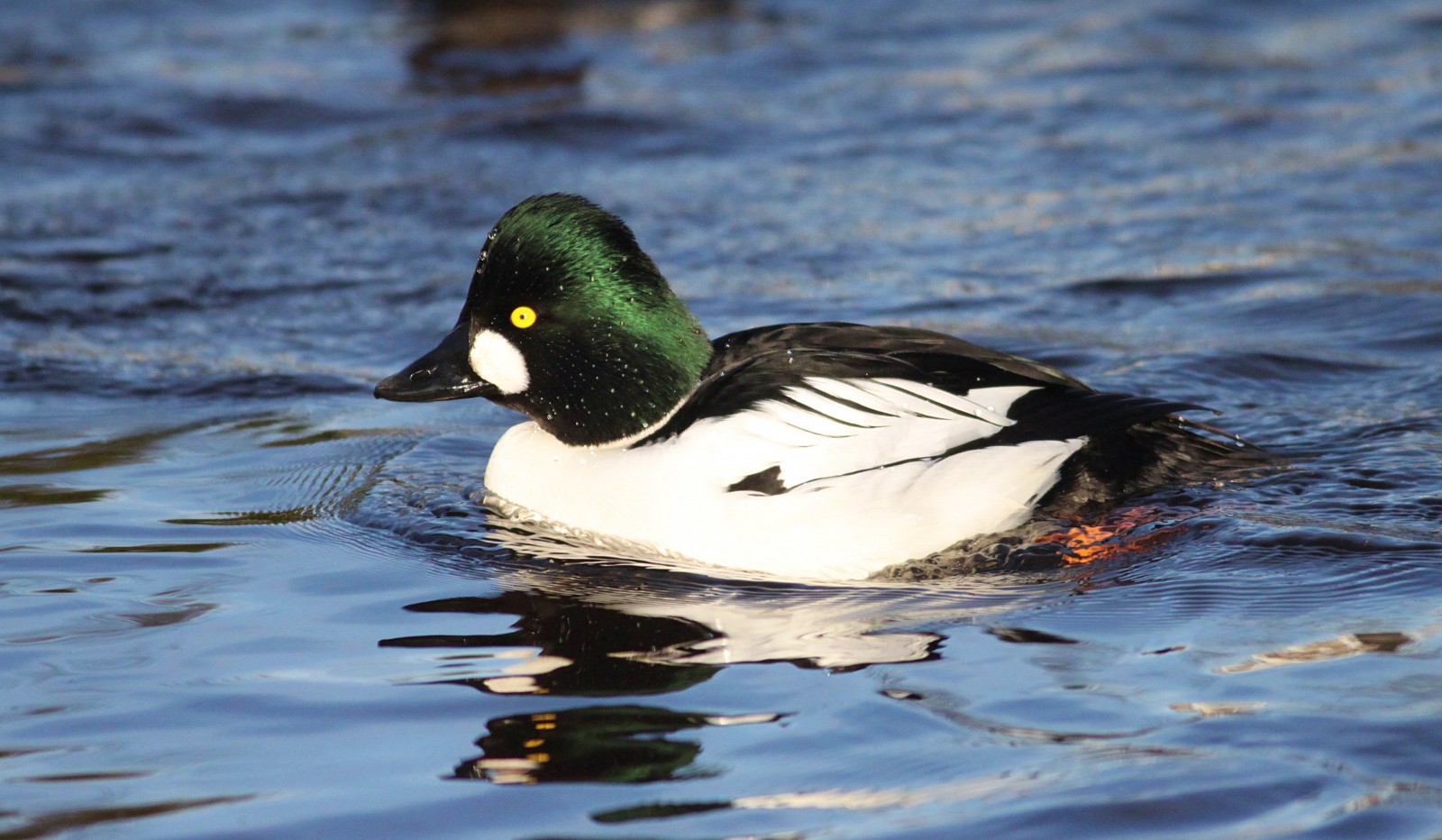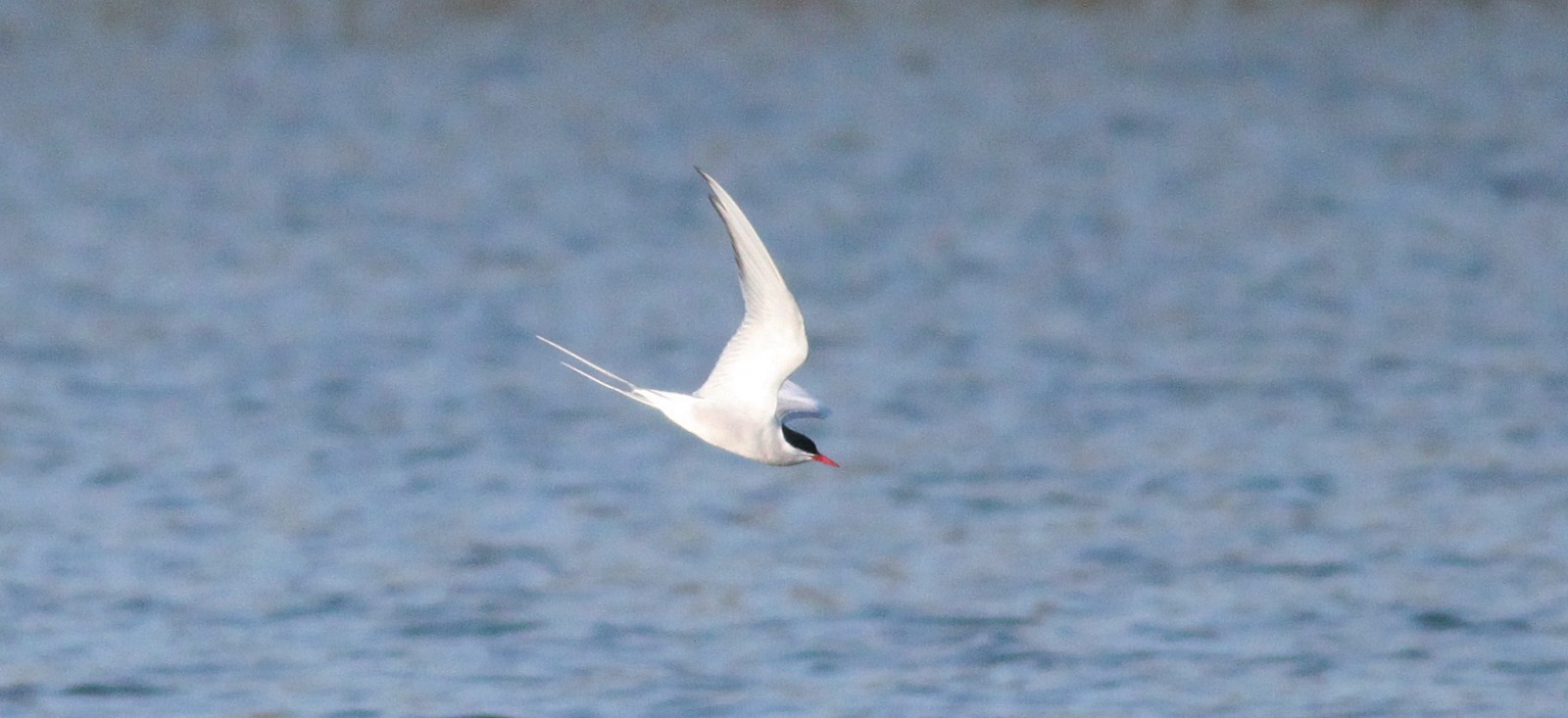Descripción
Barton Broad is the second largest inland waterbody in Norfolk, and has been owned by the Norfolk Wildlife Trust since 1945. The lake / broad was created by peat extraction in the middle ages. In the early 20th century the broad was heavily polluted, but since then, the river and broad have been cleaned up and wildlife is steadily returning to the area.
In winter, expect large number of Porrón Osculado to be found on the broad, alongside smaller numbers of Porrón Moñudo. Being such a large body of water, Barton Broad is less susceptible to freezing over in cold weather, and therefore in the harshest winter periods, local rarities including Serreta Chica, Porrón Bastardo, Pato Havelda, Zampullín Cuellinegro and Colimbo Grande may be found by lucky visitors. The wet woodland will hold Rascón Europeo and Chocha Perdiz. Swans and Ánsar piquicorto may be seen flying over the reserve in noisy groups.
In spring, it is worth exploring the surrounding farmland between the car park and the boardwalk trail. You will likely encounter Escribano Cerillo and Escribano Palustre in the hedgerows, while Camachuelo Común and Verderón Común may also be seen near the car park. In the wet woodland, Carbonero Palustre, Agateador Euroasiático and a variety of other common garden birds may be seen. The Somormujo Lavanco will be dancing on the broad, and Aguilucho Lagunero Occidental may be seen dispalying overhead. You will probably find a few Charrán Común feeding over the Broad, but after periods of stormy weather, there is a reasonable chance of finding Charrán ártico, Fumarel Común and Gaviota Enana with them in April and May.
Summer is a quieter period for birding at Barton Broad, however, it is a good time to see Alcotán Europeo hawking over the broad. Keeping eyes to the sky, Busardo ratonero and Gavilán Común may also be seen circling over the broad. Hirundines including Golondrina Común and Avión Zapador may be seen catching flying insects over the water.
Autumn visitors may have a chance of spotting Águila Pescadora stopping over in the Norfolk Broads before its long migration back to West Africa. It is also a great time to spot Martín Pescador Común zooming up and down the Broad. This reserve is easily accessible, and suitable for birders of all abilities. A scope can be useful, as wildfowl on the broad are sometimes distant. There is a sightings book at the viewpoint, so you can see what others have seen in recent days.
Detalles
Accesso
There is a signed car park between the villages of Neatishead and Irstead, next to the Old Rectory. From here it is an easy 1km (0.6- mile) stroll to the start of the wooden boardwalk trail (which is suitable for wheelchairs). There is also a disabled car park with 3 - 4 spaces available at the start of the boardwalk. From the car park, the reserve is accessible via boardwalk, through wet alder woodland to a viewing platform with spectacular views overlooking Barton Broad.
During severe storms, the boardwalk may be closed due to risk of falling tree branches. Parts of the boardwalk may also be flooded after wet weather.



